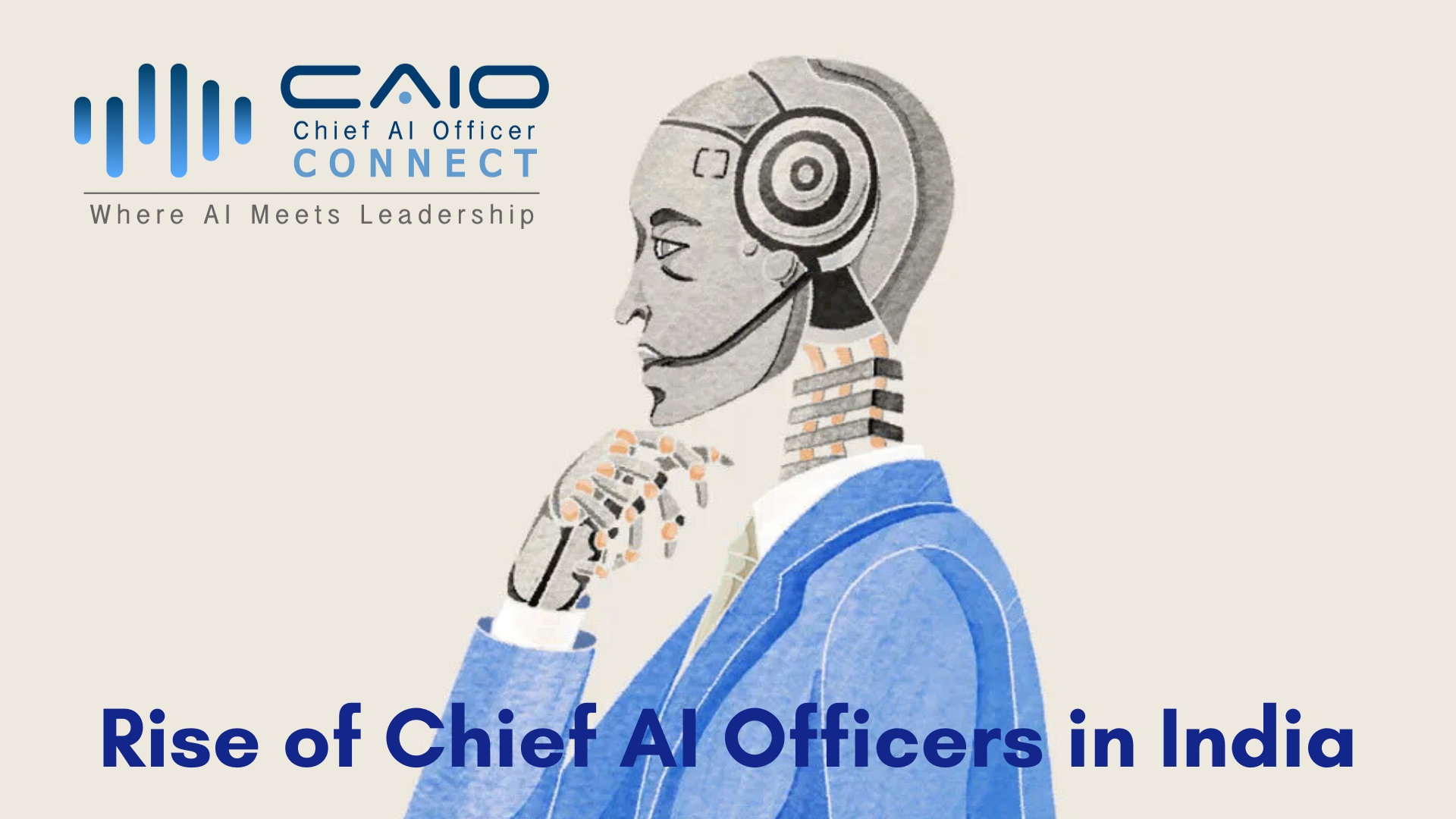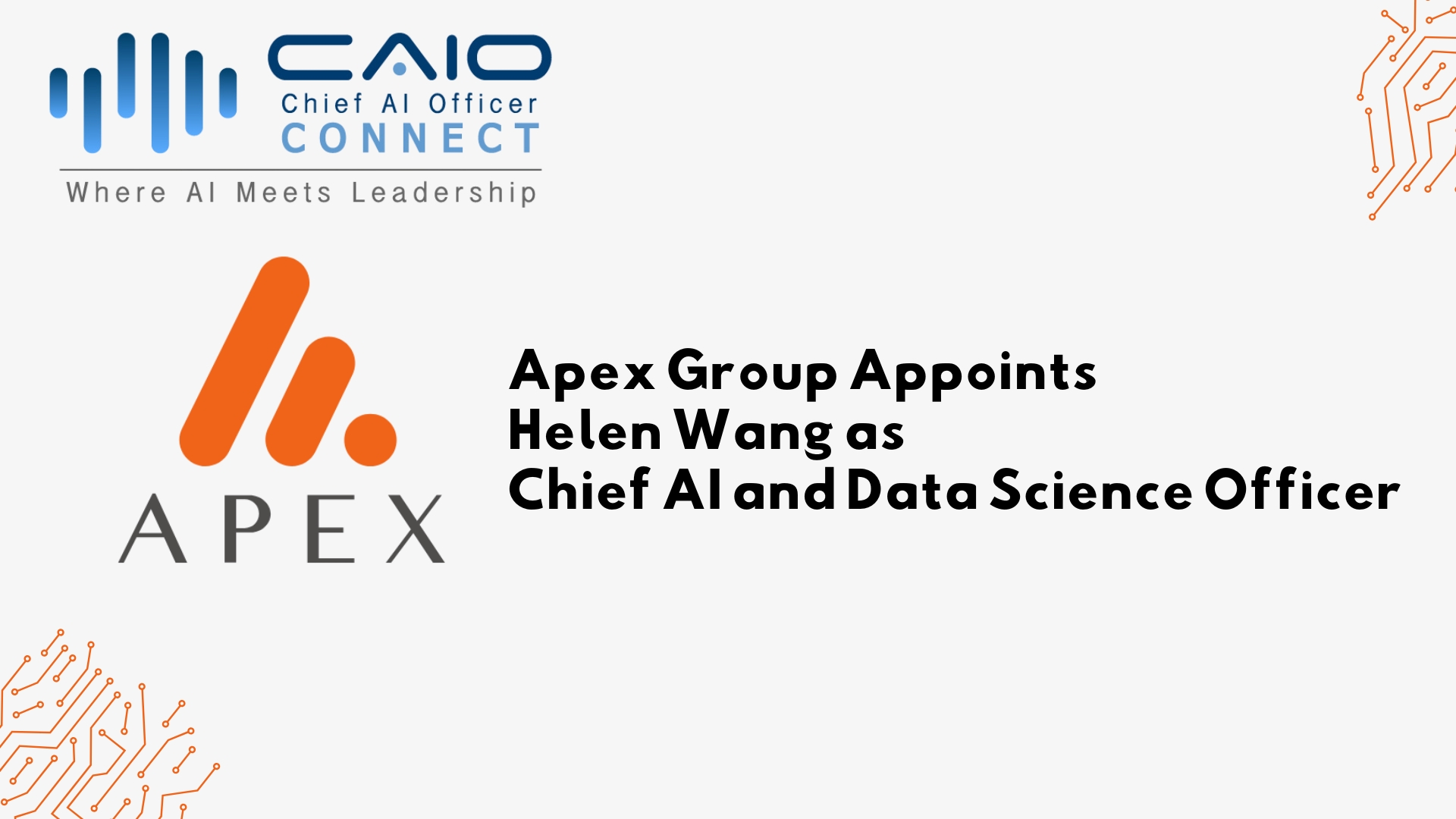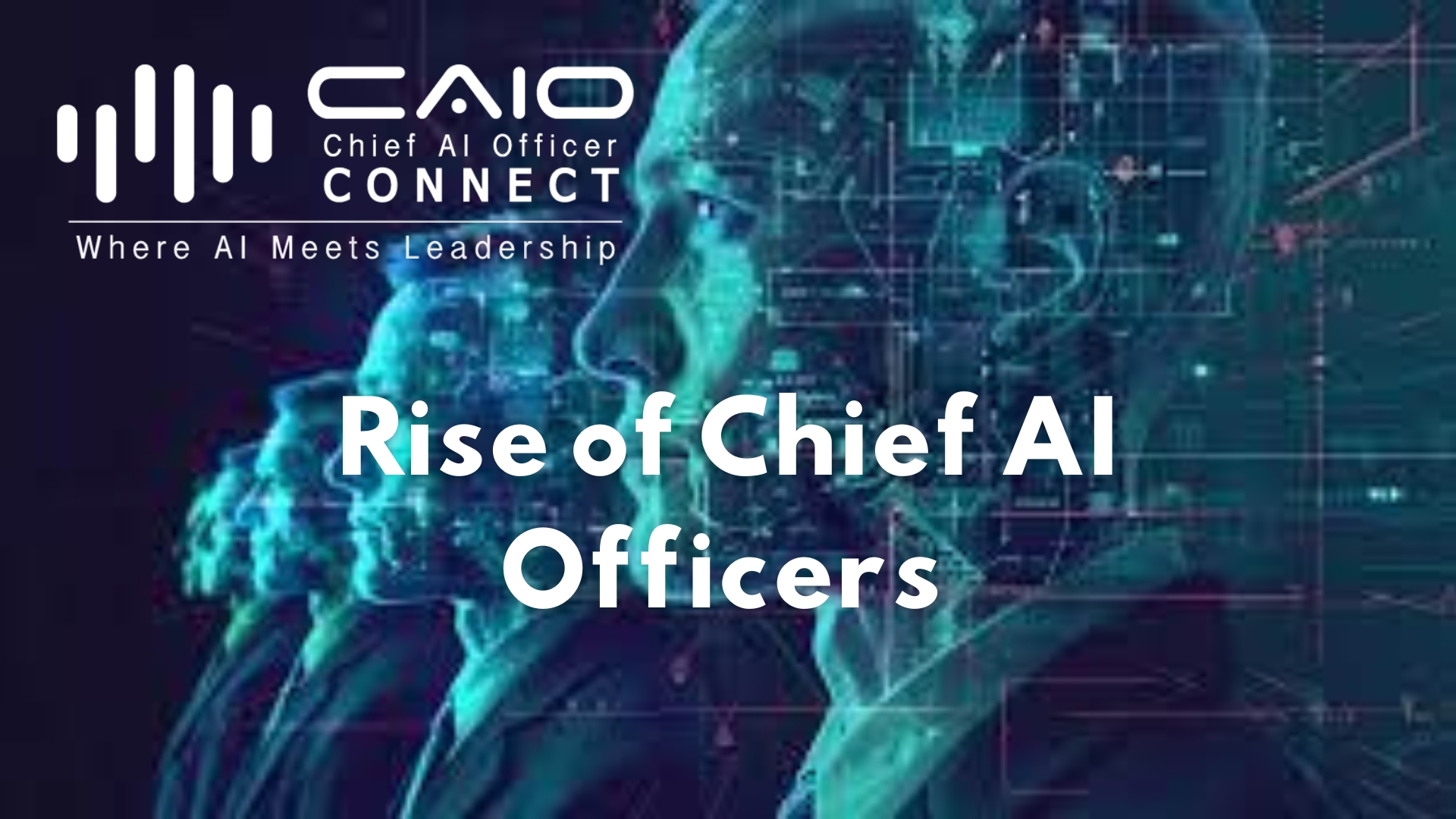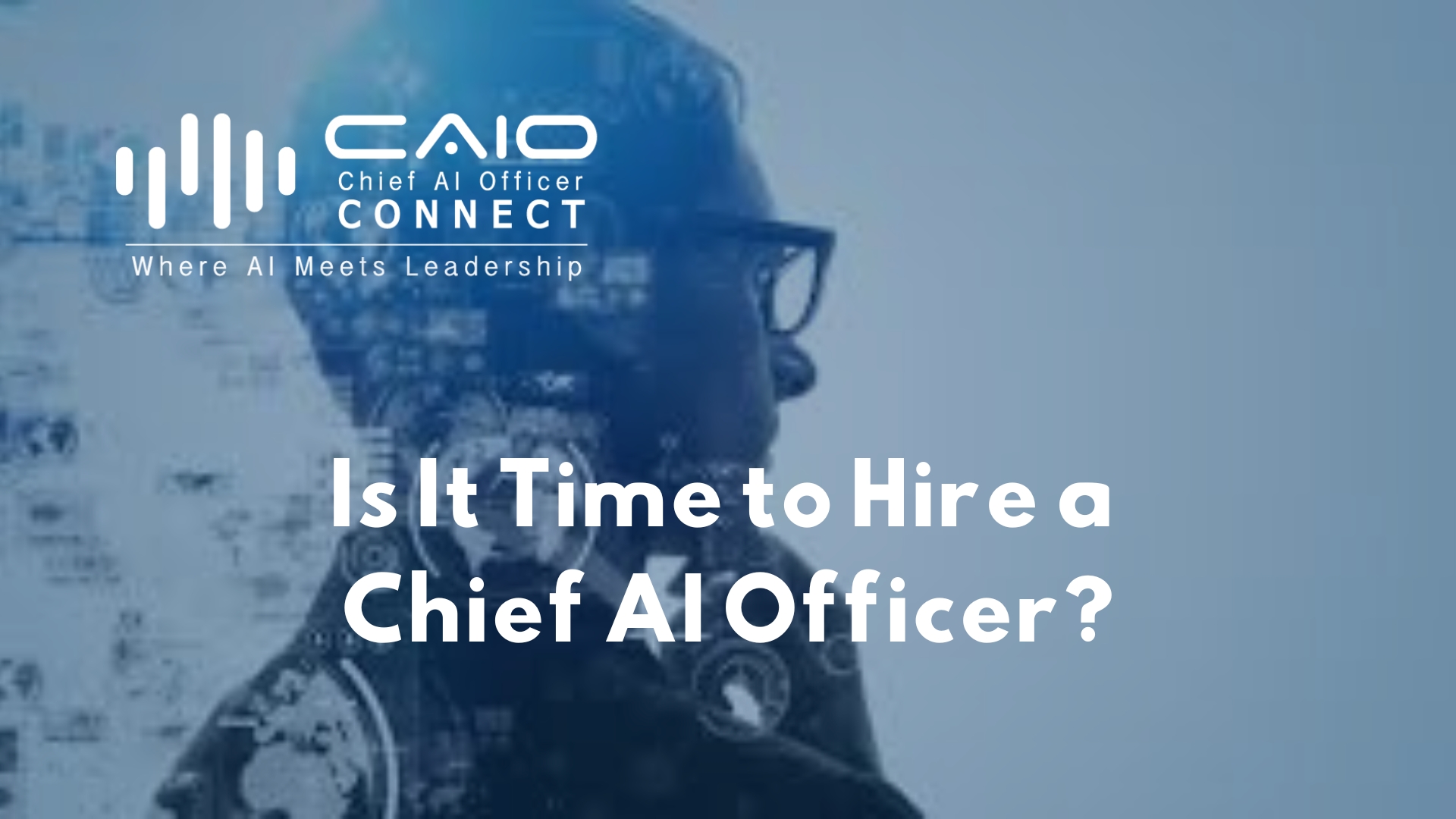The AI industry is witnessing a historic moment. Nvidia, the world’s leading chipmaker, has announced plans to invest up to $100 billion in OpenAI to develop cutting-edge AI infrastructure. This massive commitment is set to power the next generation of AI models and reshape the global AI ecosystem.
The partnership focuses on deploying at least 10 gigawatts of computing power using Nvidia’s Vera Rubin platform. Such a scale of infrastructure is unprecedented and underscores the growing importance of specialized hardware in accelerating AI research and deployment. The first phase of the collaboration is expected to commence in the latter half of 2026.
This progressive investment model links Nvidia’s funding to the actual deployment of computing capacity. In practice, this ensures that investment scales alongside real-world infrastructure build-out, aligning resources with tangible AI progress. For OpenAI, this means accelerated access to state-of-the-art hardware capable of supporting increasingly complex generative AI models.
The initiative is part of OpenAI’s broader “Stargate” project, aimed at establishing robust AI infrastructure across the United States. This effort includes collaborations with other technology giants, such as Oracle and SoftBank, to create high-capacity data centers. These centers will not only power advanced AI models but also provide enterprises and developers with scalable, high-performance platforms for AI applications.
The implications of this partnership are vast. From a technological standpoint, it highlights the critical interplay between AI software innovation and high-performance hardware. AI models, particularly generative AI systems like ChatGPT, require immense computational resources, and Nvidia’s chips remain the backbone of these deployments.
From a market perspective, the scale of Nvidia’s investment has sparked discussions about potential antitrust concerns and the broader impact on the competitive landscape. Analysts are closely monitoring how this level of concentrated infrastructure investment may influence market dynamics, particularly as more organizations race to develop advanced AI capabilities.
For AI enthusiasts and industry leaders, this partnership exemplifies the future of AI development: collaborations that merge software ingenuity with hardware excellence. Nvidia and OpenAI are setting a precedent for how large-scale investments can accelerate innovation while enabling new possibilities in AI research and application.
In conclusion, Nvidia’s $100 billion commitment to OpenAI isn’t just a financial milestone—it is a bold declaration of AI’s growing influence on technology, business, and society. By fueling next-generation AI infrastructure, this collaboration promises to accelerate breakthroughs, empower enterprises, and redefine what’s possible in artificial intelligence.









